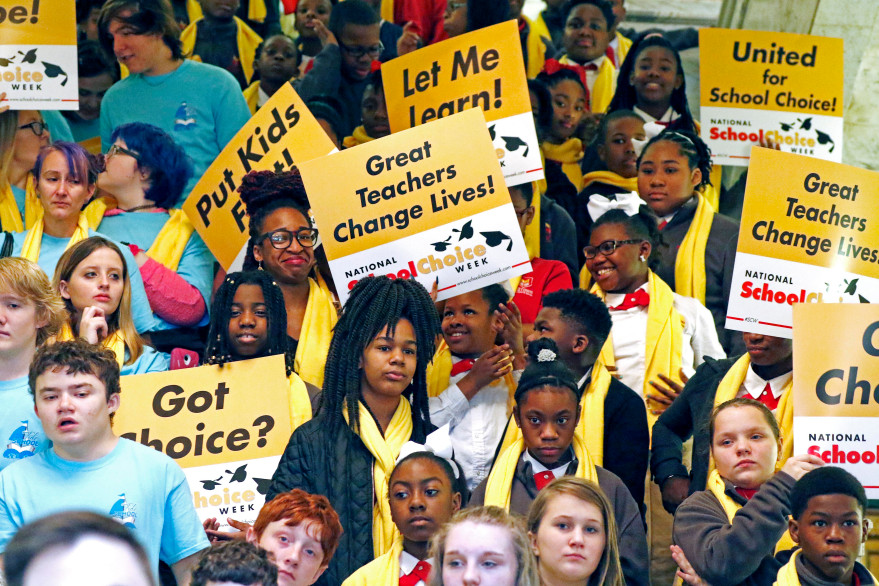
Except on questions of funding, Californians hold a realistic view of public education in the state. An April survey of Californians by the Public Policy Institute of California found only 45% believe the K-12 public-education system “is headed in the right direction.” That’s sharply down from 62% in PPIC’s April 2020 survey, taken just as the COVID-19 school lockdowns were beginning.
Only 50% of all adults gave a positive mark to Gov. Gavin Newsom, whose extended lockdowns columnist Dan Walters called “what may be California’s worst-ever political policy decision” for tanking student learning. The Legislature garnered 48% positive assessments. And outgoing Secretary of Public Instruction Tony Thurmond, who is running for governor, got just 47% favorable ratings.
The release of the PPIC poll makes sense when you consider the California Assessment of Student Performance and Progress test results released last October. Scores for all K-12 students did inch up from the post-COVID 2022-23 school year to 2023-24, but remained low. For English Language Arts, students scoring “proficient” or “advanced” rose from 46.7% to 47%; for math, from 34.6% to 35.5%; and for science, from 30.2% to 30.7%.
“I think the people of California understand schools have gotten away from what their original and most important mission is, and that’s to teach kids the basics of reading and mathematics,” argues Lance Izumi, senior director of education studies at the Pacific Research Institute.
Contrasting the statewide negative image, a positive outcome found 65% approved of how “local schools are doing well at preparing students for college” and the workforce. Izumi said that’s similar to how voters give Congress low ratings, but often grant high ratings to their glad-handing local representatives. Regardless of state results, people like their kids’ teachers and coaches. That indicates the state needs to cede more control to local school boards.
An area of concern is that 44% say “the current level of resources for lower-income students” is not enough. AsIzumi pointed out, the teachers’ unions continually have prevented paying higher salaries to the best teachers to shift into problem schools to boost academics. Meanwhile, administrative bloat has been seen across the state and school districts are often seen ramping up spending in the face of declining enrollment. The problem isn’t a lack of resources, but how those resources are being spent.
Union influence in the Legislature has stalled charter schools from spreading through the passage of such bills as Assembly 1505, signed by Newsom in 2019, which restricted starting new charters. Charters are public schools operating mostly outside the state’s 704-page, small-type Education Code. “The unions have prevented parents having ownership over their kids’ education,” Isumi said. “Students are just cogs for the school to get money.”
There’s plenty of money. What’s needed is giving parents more educational choice. As PPIC reported, “a solid majority of public school parents (62%) would favor tax-funded vouchers that would allow them to send their children to any public, private, or parochial school they choose.”
If California is ever going to overcome the pitiful performance of government schools, there must be greater choice, greater accountability and less union influence.
Originally Published:



